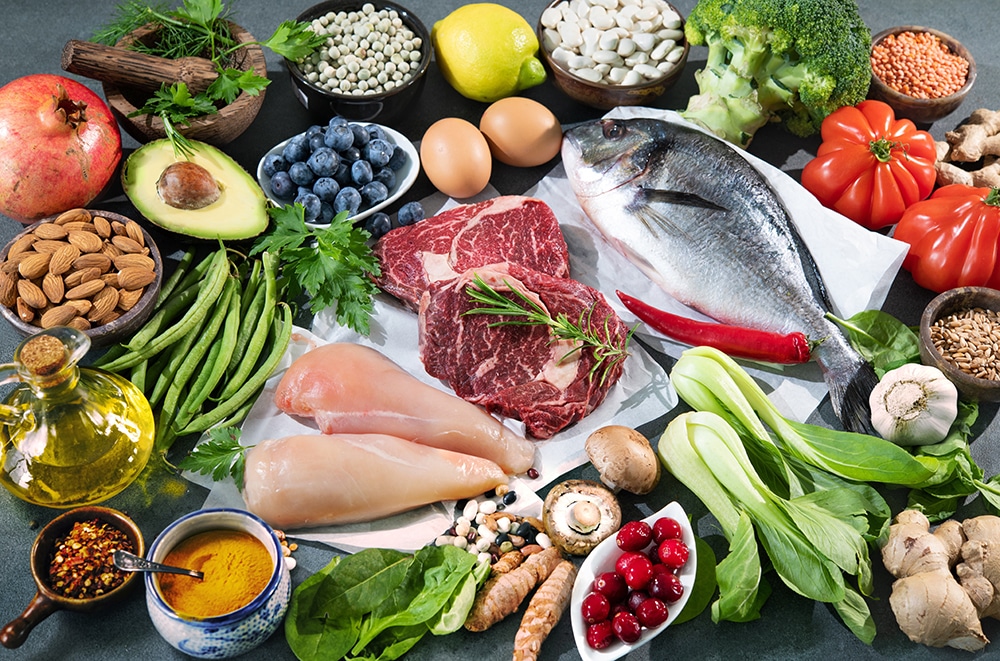248
Low-histamine foods are easily tolerated. If you follow an appropriate diet, symptoms that previously caused you concern will often disappear.
Low-histamine foods: these are included
If your body receives too much histamine and is also affected by stress, for example, this has a negative effect on your mental health. This can lead to more frequent mood swings. High histamine intake can also cause symptoms of poisoning. If you suffer from histamine intolerance, you must therefore pay close attention to your food choices.
- Fish and seafood: Fish and seafood contain little histamine as long as they are freshly prepared. However, please note that fish that has been stored for a long time and is no longer fresh produces a lot of histamine. You should therefore always check the freshness of fish products.
- Fresh meat (beef, pork, poultry): Fresh meat usually contains little histamine as it has not been stored for long. The same applies here as with fish—the longer the meat is stored, the more histamine it produces.
- Eggs: Eggs are low in histamine and are a perfect addition to a low-histamine diet. Eggs also contain many vitamins, making them healthy in other ways as well.
- Fresh fruit (except citrus fruits, strawberries, and pineapple): Most types of fresh fruit are low in histamine. However, avoid citrus fruits, strawberries, and pineapple, as they have a higher histamine content. Melon, mango, and apples, on the other hand, are fruits that are particularly well tolerated.
- Dairy products (except aged cheese): Fresh dairy products such as milk, yogurt, and quark usually contain little histamine. Aged cheese, on the other hand, can have a higher histamine content. Therefore, it is better to choose younger cheese or cream cheese.
- Vegetables (except tomatoes, eggplants, and spinach): Most vegetables are low in histamine, but tomatoes, eggplants, and spinach may have a higher histamine content. Beetroot, pumpkin, and broccoli can be consumed without any problems.
- Cereal products (rice, oatmeal, quinoa): Cereal products such as rice, oatmeal, and quinoa are also low in histamine and can be easily incorporated into your diet. Avoid wheat products and pasta, as these contain high levels of histamine and can be harmful to your health if you have histamine intolerance.
- Legumes (lentils, beans, peas): Legumes contain many healthy vitamins, such as B vitamins. Include them in your low-histamine diet by cooking them in soups, porridges, or stews.
- Nuts and seeds: Some nuts and seeds are safe for you to eat as they contain little histamine. These include pumpkin seeds, chia seeds, pistachios, macadamia nuts, and Brazil nuts. Other types of nuts, such as walnuts, peanuts, hazelnuts, and pine nuts, are taboo if you have histamine intolerance.
- Vegetable oils (olive oil, canola oil): Vegetable oils such as olive oil and canola oil are low in histamine and can be used for cooking and seasoning. Pure oils in particular are low in histamine. You can also safely use flaxseed oil, hemp oil, black cumin oil, and pumpkin seed oil.

